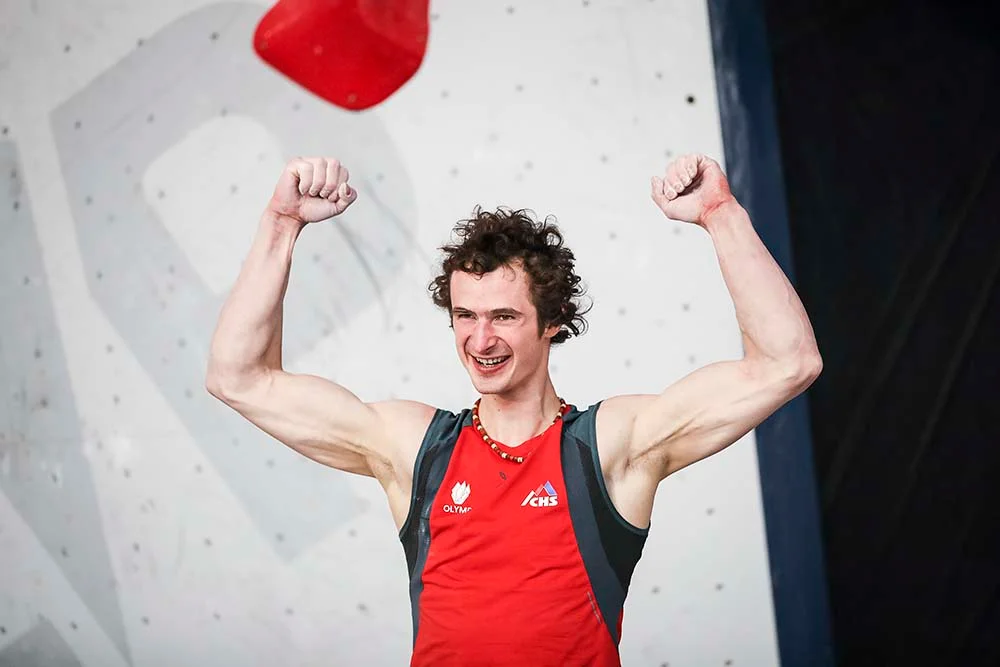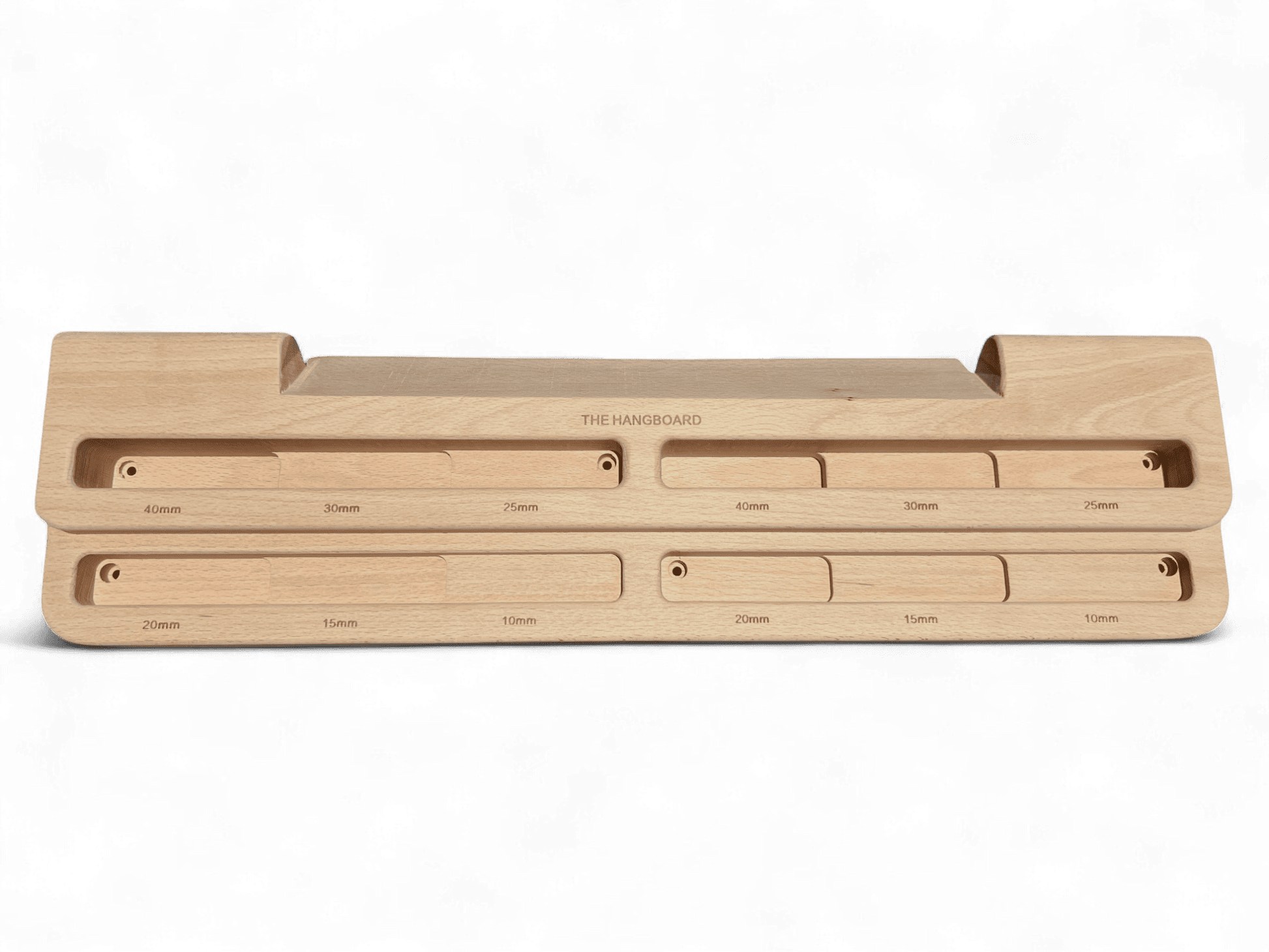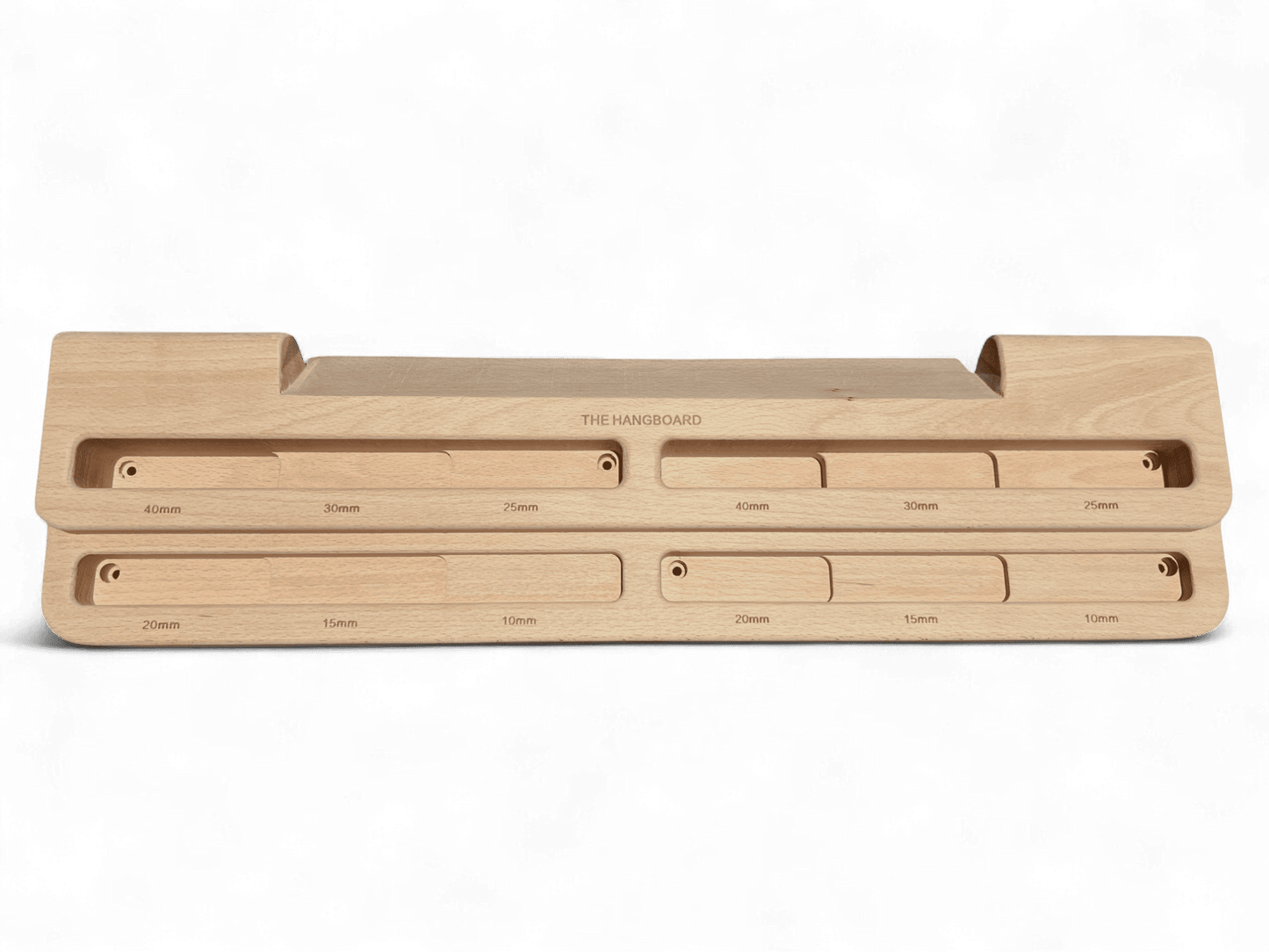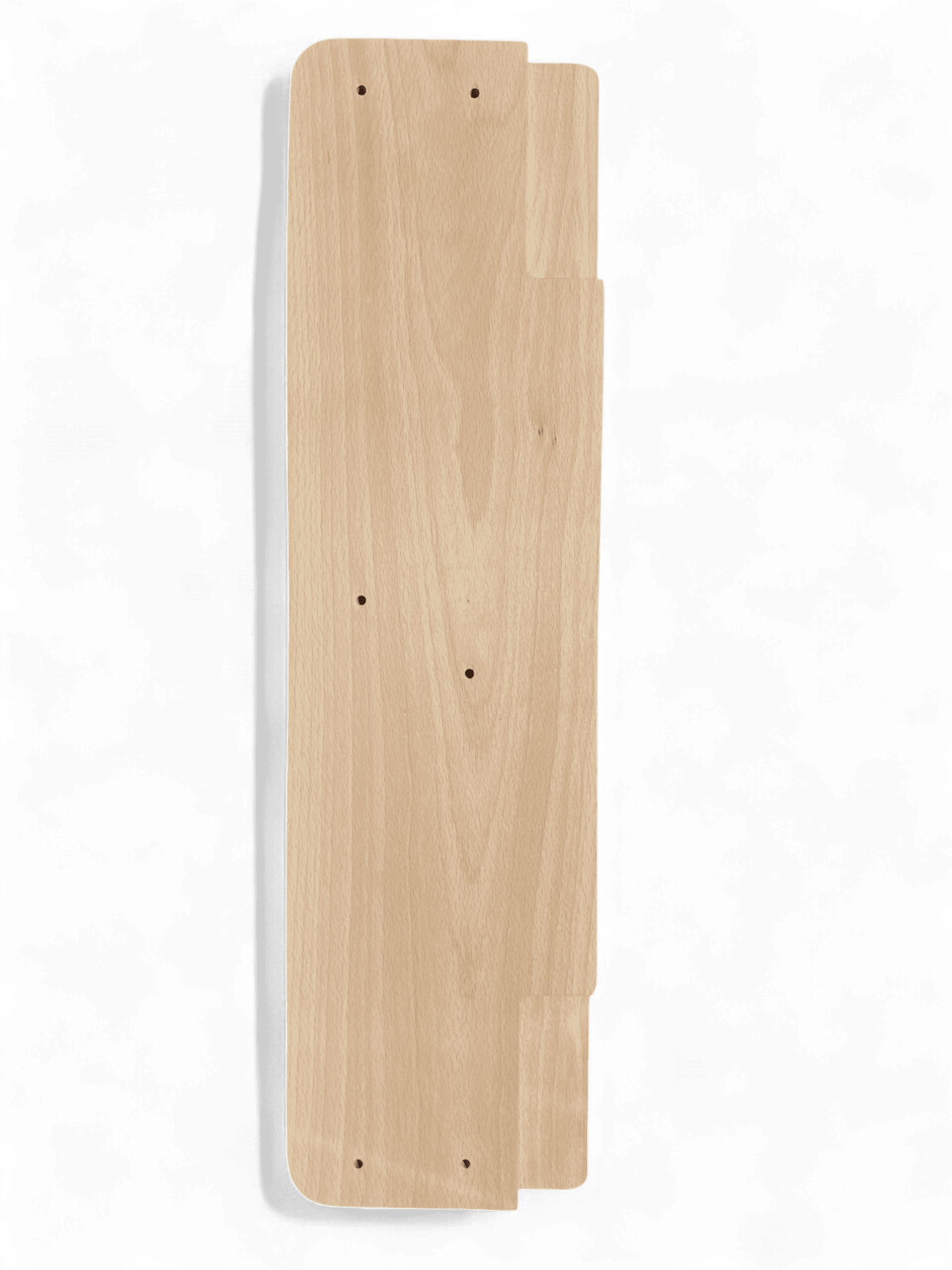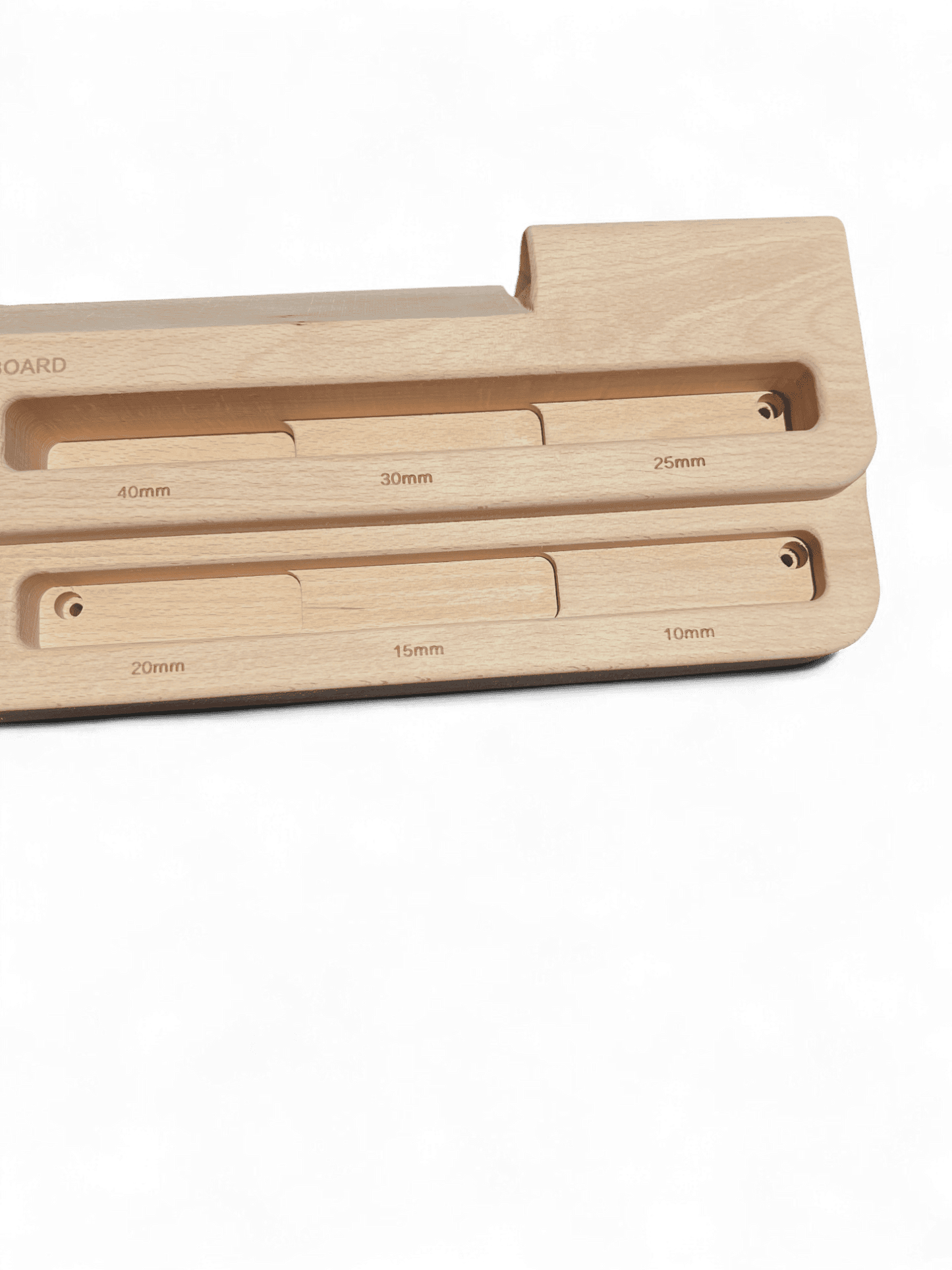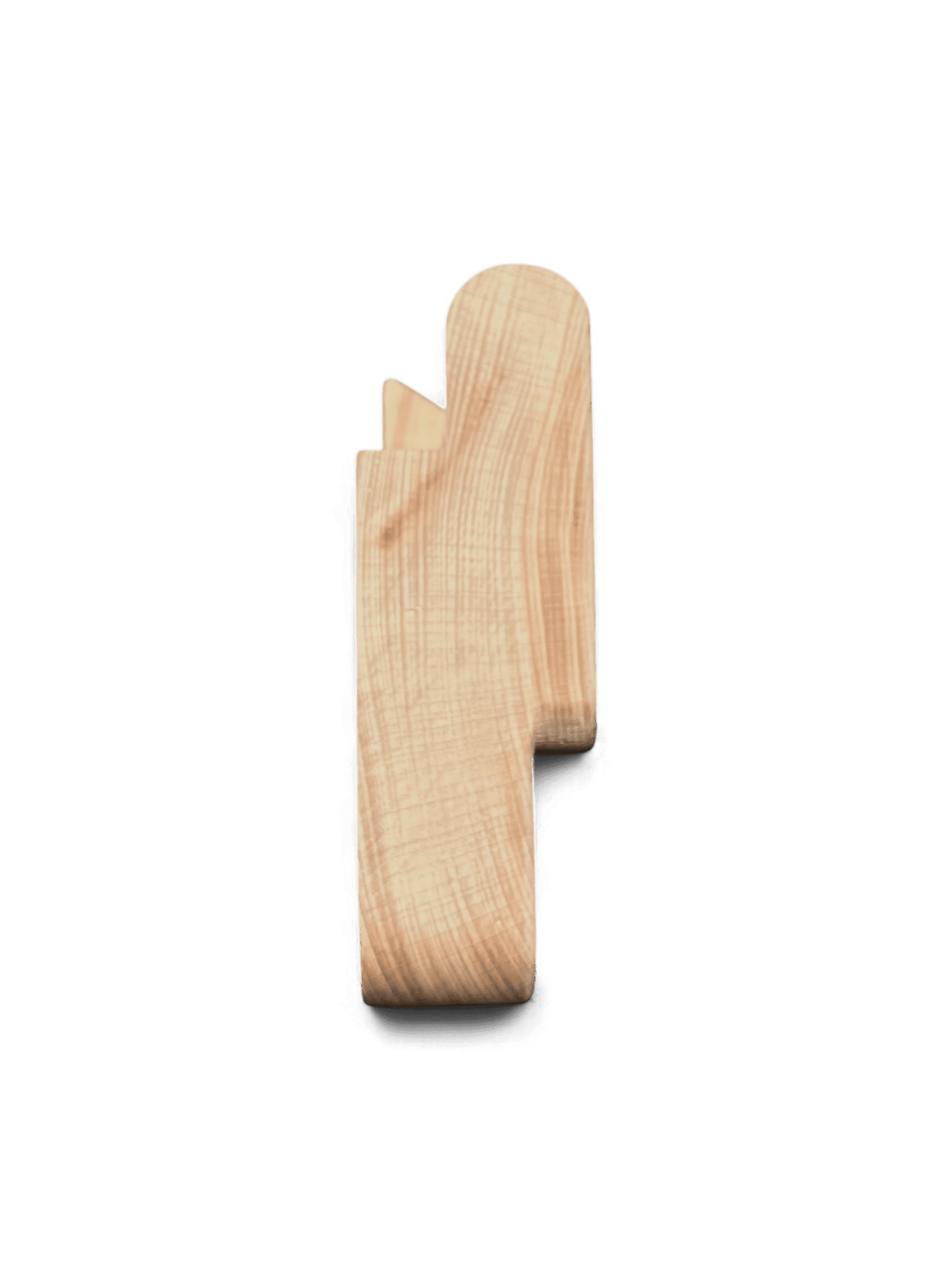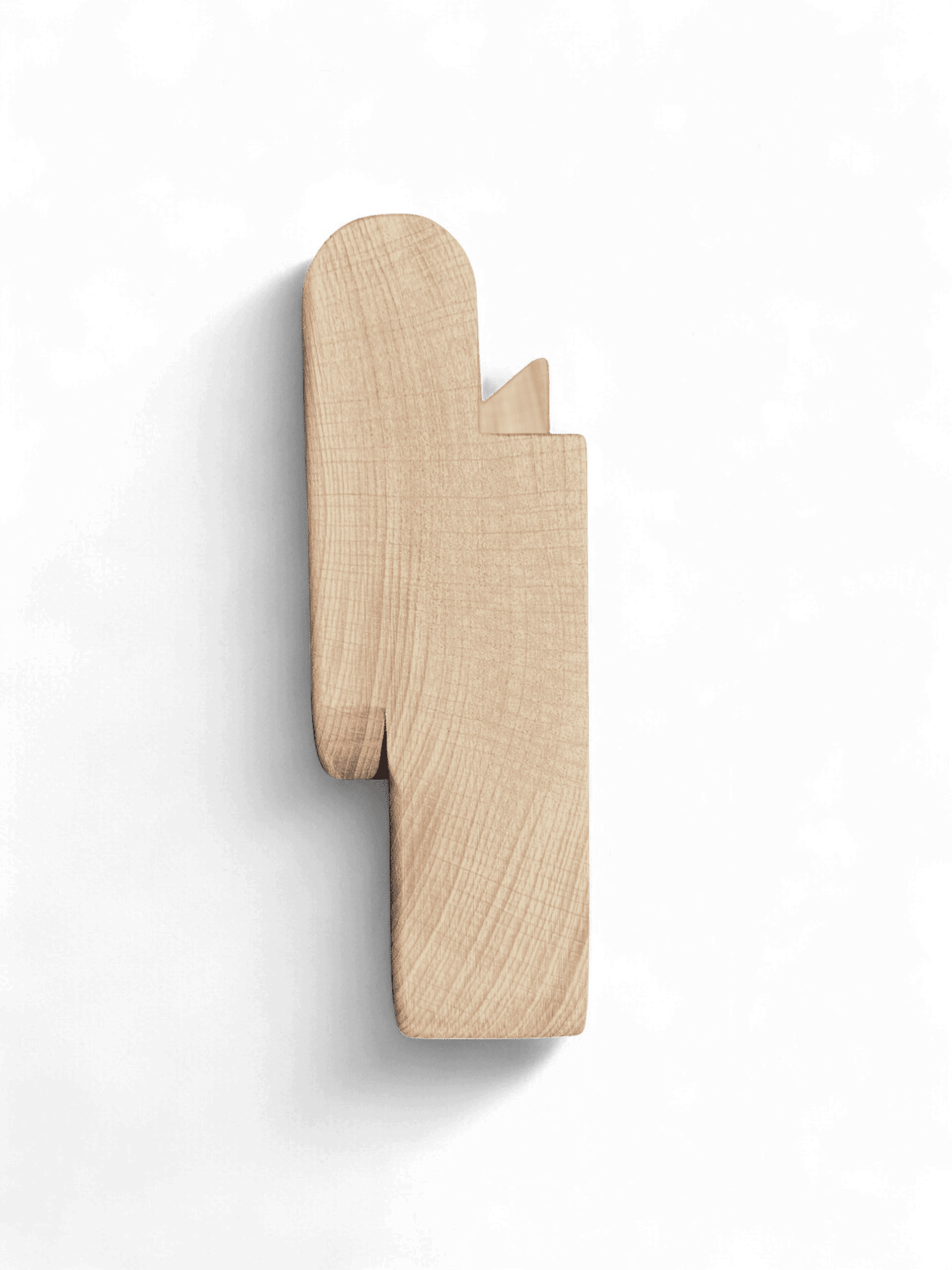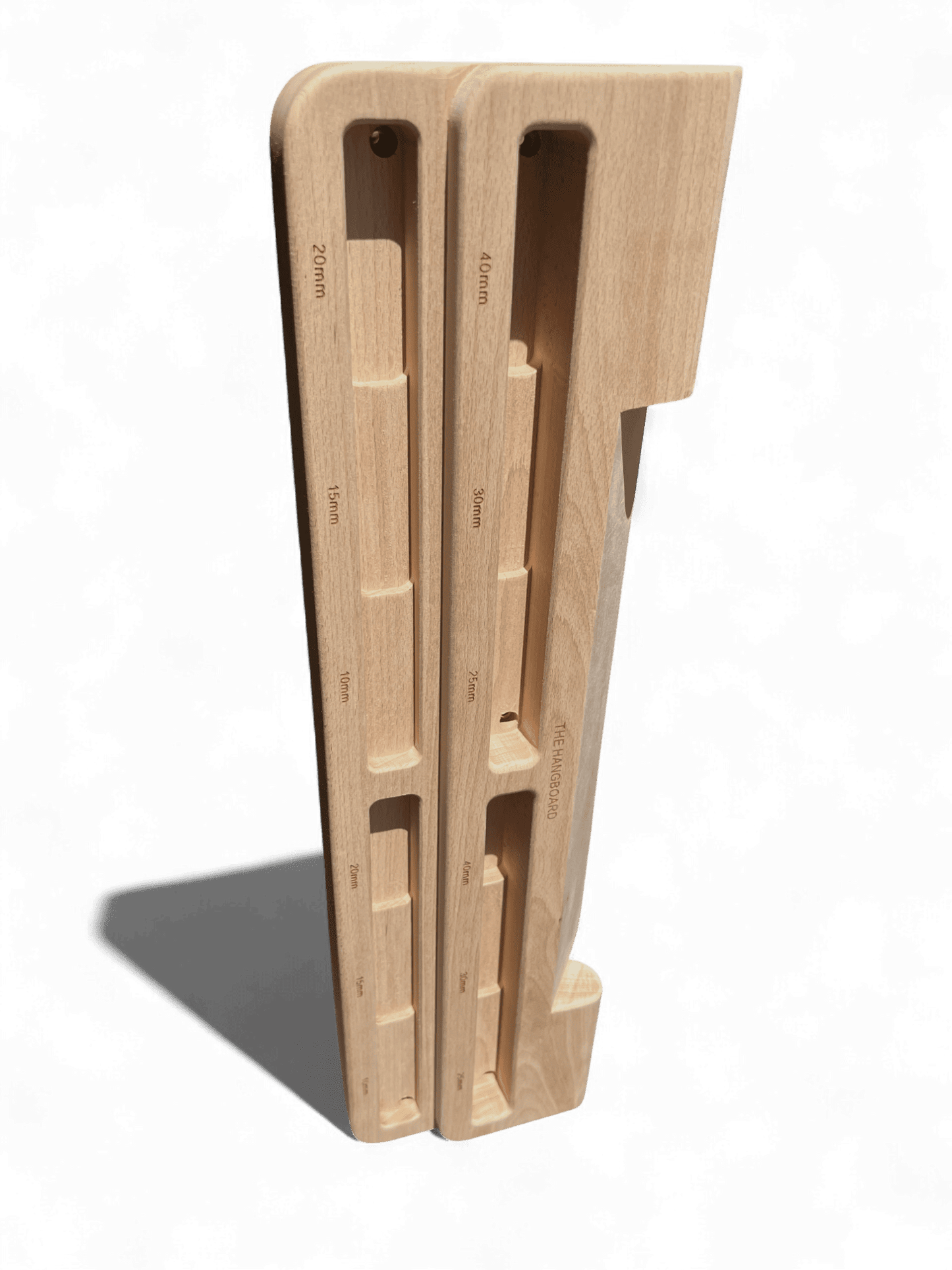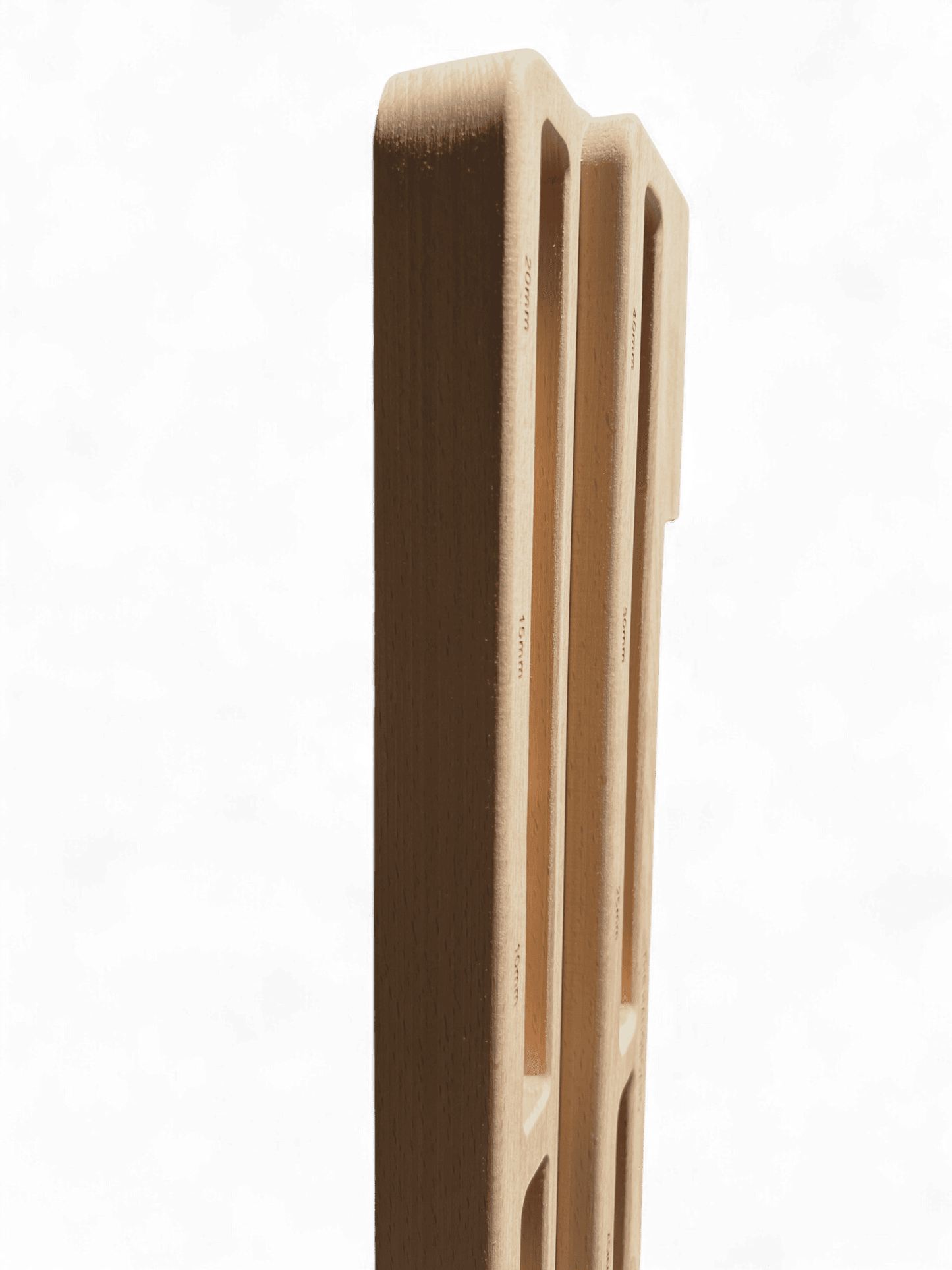HEIGHT
6′ 1″
AGE
31
APE INDEX
+.4in (+1 cm)
NATIONALITY
Czech
Adam Ondra Height
Adam Ondra El Capitan
The distinction between free soloing and free climbing is crucial for understanding the nuances of climbing disciplines. Free soloing, as spectacularly demonstrated by Honnold, involves climbing without any protective gear, making it an incredibly risky endeavor practiced by only a select few climbers. On the other hand, free climbing, which was Ondra's approach on the Dawn Wall, utilizes gear like ropes and bolts to prevent falls, but climbers cannot use these tools to aid in their ascent. This maintains the climb's challenge, focusing on the climber's strength, technique, and problem-solving skills to navigate the route. Ondra's rapid ascent of the Dawn Wall, completing it in just under eight days—a feat previously thought to take much longer—showcases his extraordinary capabilities and cements his status as one of the world's leading climbers.
Adam Ondra Silence
Ondra's path to conquering "Silence" was one of intense physical and mental preparation, tackling a route that weaves through a series of increasingly difficult boulder problems, culminating in a sequence of moves requiring precise single-finger locks, upside-down climbing, and a unique figure-four maneuver. This climb was the culmination of years of dedication, with Ondra initially bolting the route in 2012–2013 and enduring a grueling process of trial, error, and eventual triumph. The route's name, "Silence," reflects the profound inner peace Ondra experienced upon completion—an ascent so emotionally overwhelming that it left him in tears, unable to utter a sound, a stark contrast to his usual vocal celebrations.
"Silence" stands as a testament to climbing's evolving narrative, pushing the boundaries of what athletes can achieve. It remains unrepeated, underscoring its difficulty and Ondra's unique skill set. The ascent not only solidified Ondra's legacy as one of the greatest climbers but also emphasized the importance of mental preparation, innovation, and the sheer will to overcome the seemingly impossible. This climb, documented in the 2018 film "Silence," continues to inspire climbers worldwide, representing the pinnacle of climbing achievement and the relentless pursuit of pushing beyond known limits.
Adam Ondra Olympics
Adam Ondra's participation in the debut Olympic climbing event at the Tokyo 2020 Olympics was a momentous occasion, showcasing his incredible talent on a global stage. Despite being a world-renowned climber with strengths in lead and bouldering, the Olympics' combined format of bouldering, lead climbing, and speed climbing presented a unique challenge. Ondra performed admirably in speed climbing, securing a fourth place—impressive given his preference for other disciplines. However, his bouldering results were not as strong, placing him sixth, and despite an excellent second-place finish in lead climbing, these results meant he narrowly missed out on a podium spot. Ondra's journey in Tokyo highlighted the difficulties faced by climbers who specialize in certain styles, due to the combined format of the competition.
Looking ahead, the Paris 2024 Olympics promise an exciting opportunity for climbers like Ondra. With the decision to split the climbing events into two separate competitions—speed climbing and a combined bouldering/lead event—athletes can focus on their strengths. Ondra, who has excelled in lead, bouldering, and combined events throughout his career, stands to benefit from this change. His traditional skill set, particularly in lead and bouldering, positions him well for a shot at the medals in Paris. This adjustment in the Olympic format acknowledges the diversity of climbing disciplines and could pave the way for Ondra and other climbers to achieve even greater success on the Olympic stage.
Adam Ondra Age
At the tender age of six, Ondra was already making waves in the climbing community. His significant early achievement came in 1999, in Rovinj, Croatia, where he climbed a 6a (5.10a) route, a notable feat for someone so young. But this was just the beginning. By age eight, in 2001, he was onsighting 7b+ (5.12c) routes, an impressive accomplishment that heralded his potential. The following year, at nine, he elevated his prowess by onsighting 7c+ (5.13a) routes and redpointing 8a (5.13b).
2003 saw a ten-year-old Ondra onsighting 8a (5.13b), a clear indication of his growing skill and passion for climbing. His progress continued to astonish the climbing world; by eleven, in 2004, he had onsighted 8a+ (5.13c) and redpointed 8c (5.14b). Each year brought a new milestone: in 2005, at age twelve, he onsighted 8b (5.13d), and by thirteen, in 2006, he achieved a significant milestone by redpointing his first 9a (5.14d), Martin Krpan at Misja Pec.
These early achievements underscore Ondra's natural talent and the relentless pursuit of climbing excellence, setting the foundation for a career that would see him become one of the most celebrated climbers in the history of the sport.
Adam Ondra Hands
He believes in the nuanced advantage of having shorter fingers for better leverage on holds, yet acknowledges the challenge they might face with modern, larger grips in competitions. Conversely, thicker fingers imply greater strength and resistance to injuries but could hinder fitting into smaller pockets. Ondra's experience underlines a critical balance: strong, well-conditioned fingers are pivotal, yet their size and shape can both offer advantages and present obstacles in climbing's complex puzzle. This insight reflects his deep understanding of climbing physiology, emphasizing the crucial role of hand and finger strength in pushing human limits in the sport.
Despite Adam Ondra's remarkable achievements and his renowned finger strength, he doesn't hold the top spot when it comes to the ultimate measure of finger force among elite climbers. His peak one-hand finger force, tested on a 20mm hold, reaches approximately 110% of his body weight, a figure that stands well within the elite threshold, where surpassing 100% is considered exceptional. However, the peak of finger strength in the climbing world extends even further, with the highest recorded figures stretching between 130% to 140% of body weight. This detail underscores that while Ondra's finger strength is formidable, it is not the absolute strongest among his peers, highlighting the intense level of competition and physical capability within elite climbing circles.
Adam Ondra Wife
Adam Ondra and Iva Vejmolová, united not just in marriage but also in their shared passion for climbing, exemplify a partnership built on common interests and deep mutual support. Both avid climbers, their journey together extends beyond personal milestones, as they frequently travel and climb as a duo. This bond has further blossomed with the arrival of their child, Hugo Ondra, born on May 2nd, 2022, adding a new dimension to their adventurous life. Their relationship, enriched by their love for climbing and each other, serves as a testament to the strength found in shared passions and goals.
Adam Ondra Neck
Adam Ondra's unique climbing technique has piqued the interest of both fans and experts, notably his distinctive use of his unusually long neck. A biomechanics expert, Martin Zvonař, observed an intriguing aspect of Ondra's climbing strategy that might give him an edge. During a crucial move, Ondra straightens his back and keeps his elbows close to the wall, aligning with textbook climbing technique. Yet, it's what he does with his head at the move's completion that stands out: he tilts his head back, effectively using it as a lever. This subtle motion shifts his center of gravity, enhancing the grip of his feet against the wall, whether by instinct or design. Zvonař highlights how Ondra's head, bolstered by his long neck, becomes a "very effective machine" from a biomechanical standpoint, contributing to his climbing prowess. Furthermore, Ondra's relatively slender shoulders reduce leverage on his fingers, diminishing the need for excessive force. This nuanced use of his body's biomechanics, particularly the leverage afforded by his long neck, underscores Ondra's sophisticated approach to climbing, blending physical attributes with technique for optimal performance.
FAQ:
How tall is Adam Ondra?
How good is Adam Ondra?
How much does Adam Ondra weigh?
Is Adam Ondra still alive?
Is Adam Ondra the best climber?
Is Adam Ondra vegan?
What climbing shoes does Adam Ondra wear?
What shoes does Adam Ondra wear?
Where is Adam Ondra from?
Why does Adam Ondra scream when he climbs?
Adam Ondra's practice of screaming during climbing taps into a scientific principle linked to the body's sympathetic nervous system, which triggers the fight-or-flight response. This response prepares the body for strenuous activity, heightening alertness, and boosting physical capabilities. When Ondra screams, it's not merely an outburst of emotion; it acts as a catalyst, stimulating this system. The resultant physiological changes include an increased heart rate, elevated blood pressure, and a surge in adrenaline. These changes mobilize energy reserves and enhance muscle performance, providing a temporary boost in strength and focus. This method leverages the body's natural mechanisms to tackle extreme physical challenges, illustrating a fascinating intersection between biology and high-performance sport.

